Killer Whale
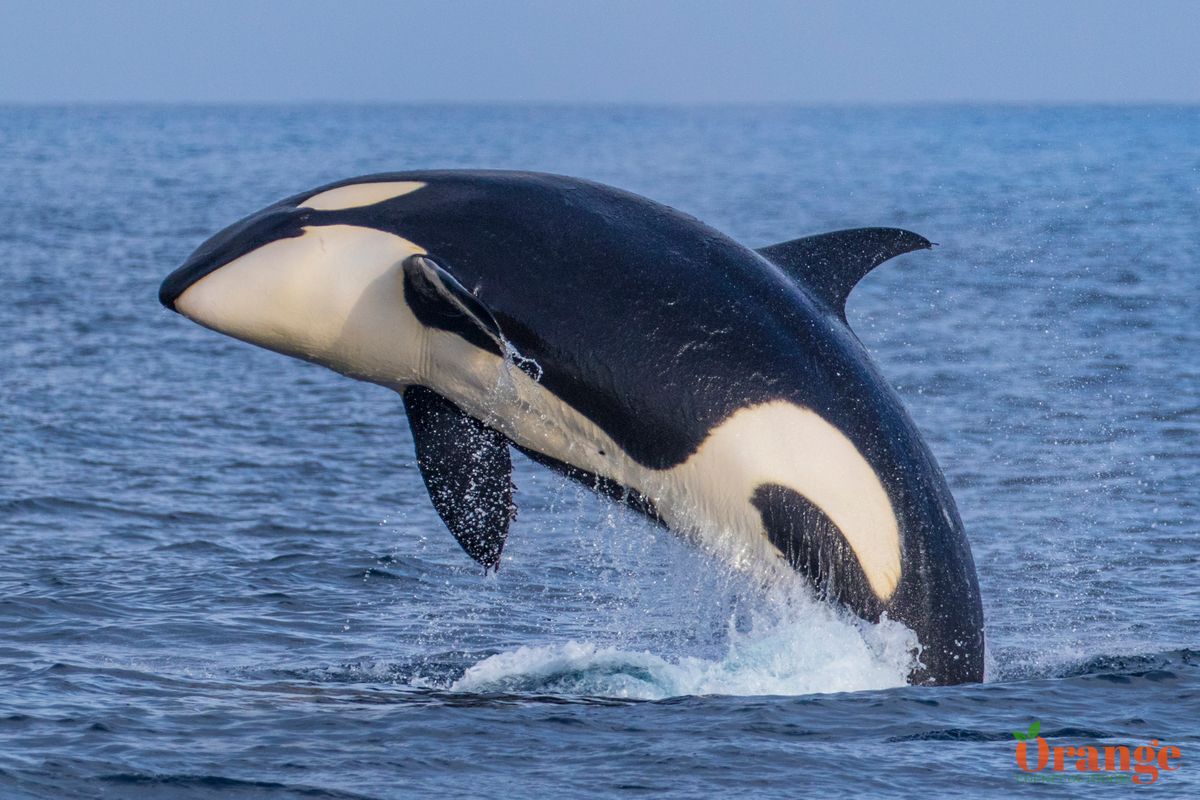
The apex predator of the sea. The "orca" or "killer whale" is the largest member of the dolphin family and we typically get a few sightings of them per year, more-so in winter months. We tend to see them here off the Orange County coast every January and June with other sightings randomly throughout the year. There are different ecotypes of orcas, here in Orange County we can see Eastern Tropical Pacific orcas, transient orcas, and offshore orcas. A pod that was often sighted here was nicknamed "LA Pod" but there has not been a sighting of them anywhere for at least 20 years.
Transient Type Orca
Transient type orcas also known as Biggs Killer Whales named after Dr. Michael Bigg who discovered that there are different types of killer whales before his passing. These California transients are what we usually see off the coast of Orange County when they do come around, they're typically in pods of 4-12. These orcas are known to travel up and down the California coast and are mostly documented off Central California.
Their diet consists of seals, sea lions, dolphins, and whales (preferably migrating gray whale calves) although a gray whale predation has not been documented off the Orange County coast. These transient orcas are the largest of the orcas.
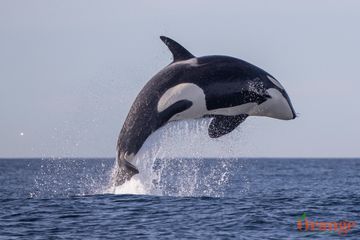
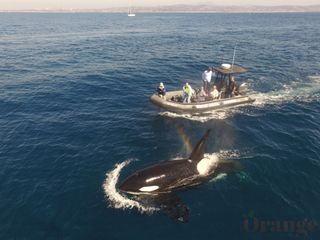
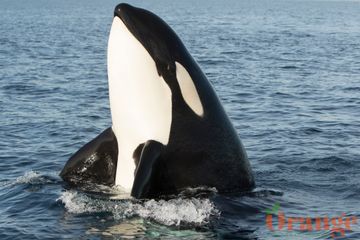

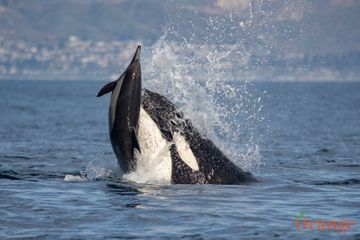
Eastern Tropical Pacific Orca (ETP)
Eastern tropical pacific type orcas also known as "ETP's" show up occasionally off our coast typically in pods of around 3-12 individuals and have been spotted many times within a mile or two from Orange County's coast. This type of killer whale is not studied as much as California transient or resident type orcas and their entire range is not known but is thought to usually be farther out to sea off the coast of Mexico and Costa Rica which. Since these killer whales spend most of their time in warmer tropical waters they tend to have more barnacles and copepods attached to their dorsal fins and flukes, it's also believed that each of these pods may specialize in different prey and hunting tactics but most of the time when they show up here, they seem to favor preying on dolphin. Many times these orcas are extremely playful with boats but they've also been known to disappear and evade boats. The easiest way to tell these apart from California transient type orcas are by their darker saddle patches behind the dorsal fin. There is a catalog for the ETP orcas but many of them are not cataloged as they are rarely seen and not documented.

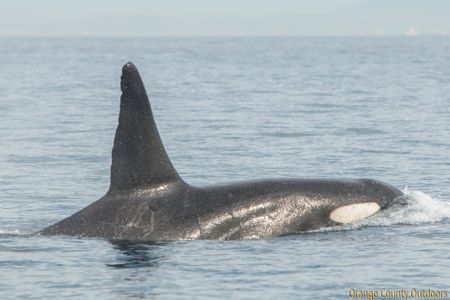

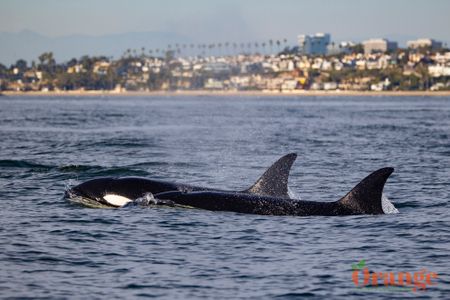
Offshore Type Orca
Offshore type orcas are typically found farther from coastlines which is how they get their offshore name. They are not as studied as much as other types of killer whales like the Southern Resident type found off Washington which prey on salmon. The offshore types feed mostly on sharks, preferably pacific sleeper sharks, they have also been documented feeding on manta rays and opah.
While it is rare to see orcas near Southern California yet alone the offshore type, when they do show up, they'll be in large pods of about 50-80 which is how they travel in sub-groups of about 3-8 and their whole pod being spread out over several miles. these photos were from the encounter off Newport Beach in 2017
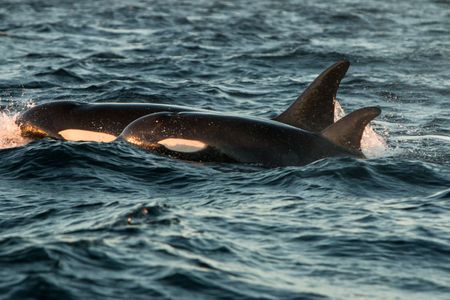

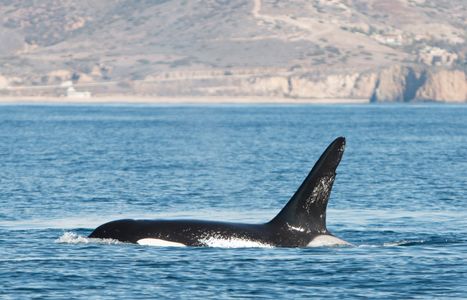
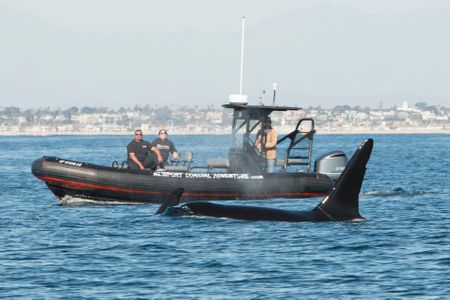
Want to see killer whales in Southern California?
It's been previously guessed but newly discovered/confirmed that killer whales spend a lot of time around Channel Islands National Park, taking advantage of the large pinniped populations that breed there. On any given day, there are likely a few pods of killer whales in close proximity to Channel Islands National Park. Because there are not many boats around these areas looking for these animals, they are just not seen, until recently.
Pacific Offshore started running trips that specifically search for killer whales and departs from Oxnard which is just a short drive from here in Orange County and will give you the best odds of finding killer whales in the entire state of California. These trips are all day trips on fast boats that cover as much water as possible to search and typically have a success rate between 60-75% which rivals that of places in the north like Washington. So without having to spend lots of time and money on a full vacation up there to see them and still risk not seeing them, you can just do this in 1 day.
To book these trips, you can click here.
